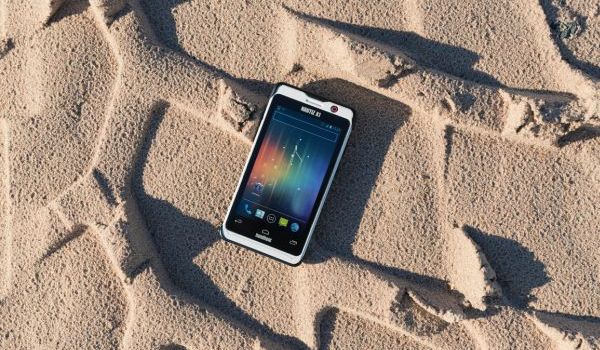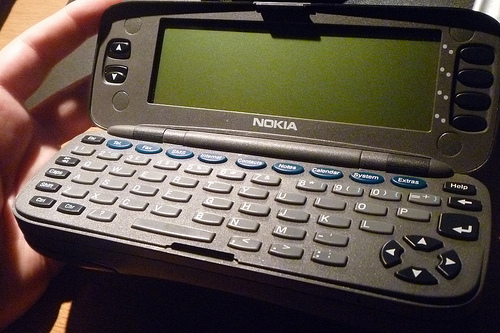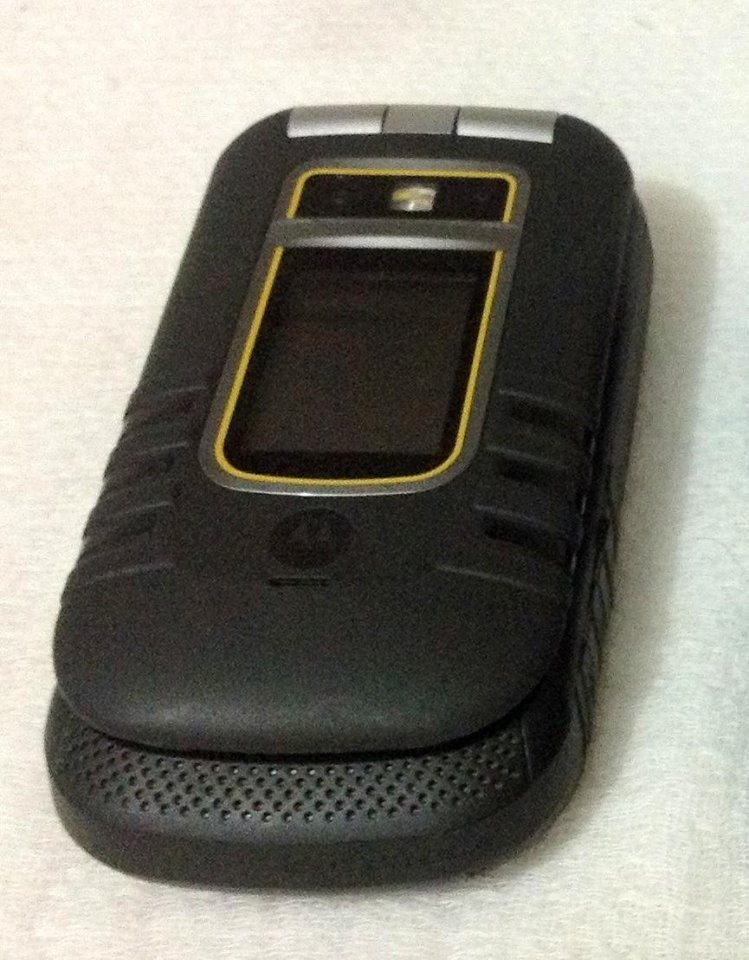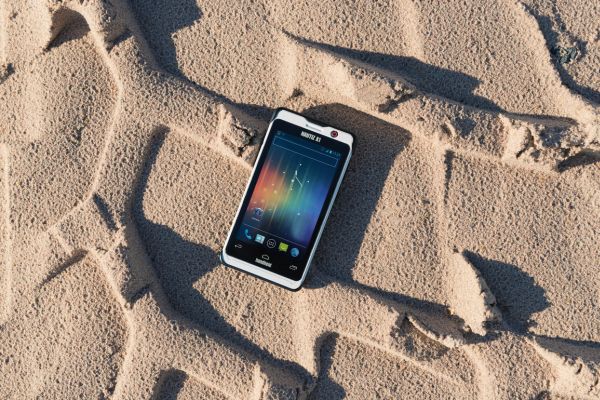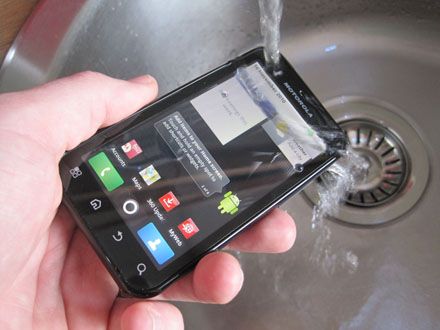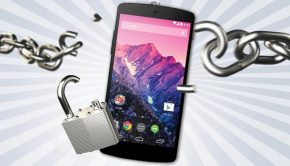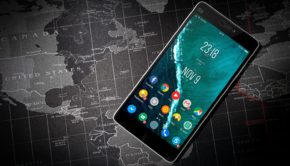The Toughest Phones of All Time
Today’s smartphones have sturdy designs that help them withstand common traumas such as being dropped on the floor. As great as today’s phones are, though, they look wimpy compared to some older models. Here are four of the toughest phones ever made.
Nokia 9000 Communicator
Image via Flickr by comedy_nose
The Nokia 9000 Communicator, released in 1996, gave consumers a comprehensive clamshell device that they could use as a regular phone when closed or like a QWERTY keyboard when open. Even if you busted the phone’s exterior shell, you still had a good chance of using the keyboard to communicate.
The Communicator had a heavy weight of 210 g (.46 lbs.), but only 8MB of memory. Many newer Nokia devices weigh half that and store up to 128GB of memory.
Obviously the Nokia 9000 Communicator can’t outperform an iPhone 6, but those heavy devices could take a serious beating. It’s a good thing, too. Wireless signals weren’t nearly as good in the 1990s as they are today. That caused a lot of people to bash their devices against kitchen countertops and steering wheels all over the country. Without a strong build, frustrated customers would have destroyed their phones within weeks.
Motorola Brute i686
The Motorola Brute i686 is the phone that won’t die. It doesn’t come with many features, but it’s tough and willing to put in a hard day’s work. The Brute i686 is not going to wow any contemporary smartphone owners. It doesn’t have a great camera. Its ability to access the Internet is sketchy. It’s a push-to-talk phone that doesn’t have anything resembling a touchscreen, let alone a Retina display.
This otherwise unimpressive phone, however, can squeeze a full 12 hours and 18 minutes of talk time out of its battery. The Motorola Brute i686 also has a vibrate function that could knock you off your seat. Perhaps the designer wanted to make a modular phone that owners could use as jackhammers in a pinch.
Nautiz X1
The Nautiz X1 thinks nothing of extremely rugged conditions. At 180 g (.4 lbs.), it lacks the size and heft of the Nokia 9000 Communicator, but it has smart features that protect it from things like drops and scratches.
The phone has a protective layer of rubber and hard plastic that can absorb the impact of high drops. Because there’s rubber on all sides, the phone will bounce instead of crash.
If that doesn’t sound impressive, consider that Nautiz X1 is designed to meet military standards. It can withstand extreme temperatures and high humidity. It doesn’t mind a brief bath as long as it doesn’t stay submerged for longer than a few minutes. It will even tolerate dusty and sandy environments.
Considering that the Nautiz X1 caters to military operations, it can certainly survive your children and a few beach vacations.
Motorola Defy
The aptly named Motorola Defy doesn’t succumb to damage easily. It has a waterproof design that could tolerate life with an Olympic diver who often forgets to take his phone out of his swim trunks’ pocket.
Defy also has a reinforced plastic shell that can withstand impacts well. If it falls off your desk or table, it probably won’t get so much as a scratch. That doesn’t mean it can survive a full-on assault, though. Even this rugged beauty can’t take the onslaught of a baseball bat.
Still, you get the benefit of a Wi-Fi calling app from T-Mobile, Gorilla Glass that’s almost impossible to scratch, and a 5-megapixel camera that takes good pictures. Plus, the Defy weighs in at just 119 g (.26 lbs.), making it one of the lightest phones on this list. Spend a little time hauling the Nokia 9000 Communicator around for a couple of days and you’ll start to appreciate the difference 91 g can make.
What kind of protection does a phone need before it becomes a part of your life? What’s the worst thing that you’ve ever done to your phone, whether intentional or by accident?

